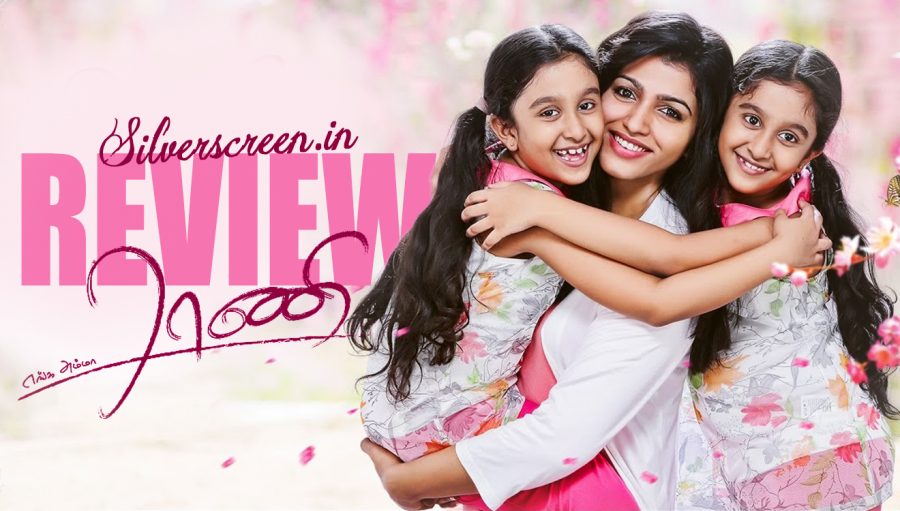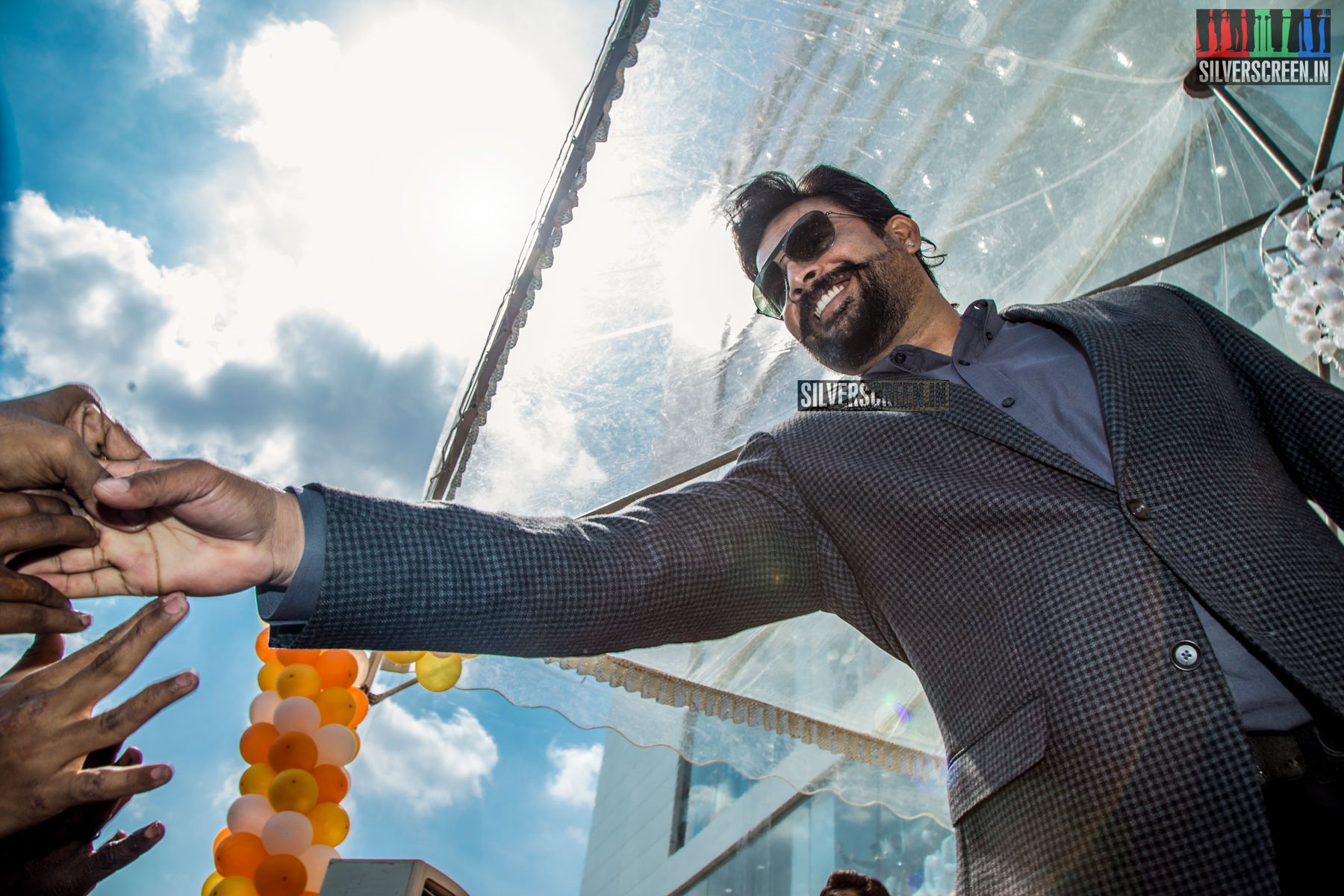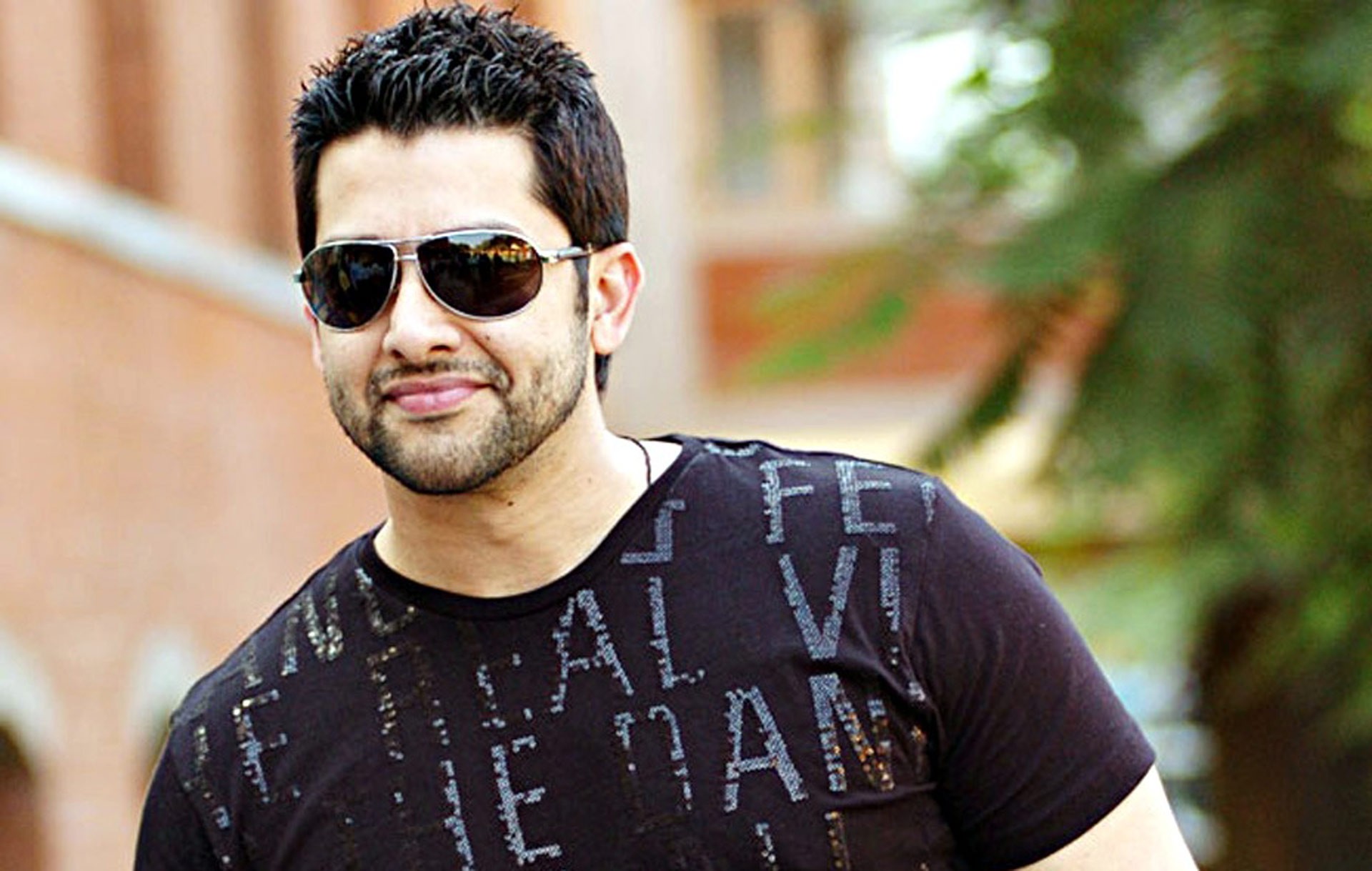Recently, Ilayaraaja spoke about the direction Tamil cinema was going, and expressed his doubts over the ability of filmmakers to tell a simple story well. In that speech, he said that he was impressed with director S Bani’s story of a mother who goes to great lengths to protect her daughters, and so he agreed to score the music for Enga Amma Rani.
Having seen Enga Amma Rani, I wonder perhaps if Ilayaraaja saw a different version of the film or if what was released was drastically changed (for the worse)? The Enga Amma Rani that I (and about 100+ people in Velachery) saw this Friday, started off as a story about a medical problem, became a ghost-haunting-revenge, and ended up being completely bizarre and inexplicable.
*****
Enga Amma Rani stars Dhansika, is produced by C Muthukrishnan and is written and directed by S Bani, who was earlier Samuthirakani’s assistant. It features a lot of first time actors and a set of adorable twins who surely could have done with a better debut than this.
*****
Since Ilayaraaja spoke about the story, let’s get to that first. A couple run away from Tamil Nadu, settle down in Malaysia, and have two children – twin daughters. Then the husband goes missing. There are the two families feuding back home, there are immigration officials, visa issues, a job and school to sort out. It’s set up beautifully for a drama about the trials and tribulations of a single mother in a foreign land trying to raise her two children as well as possible. And then, disaster strikes.
One of the two girls is admitted to hospital for a mysterious ailment, and succumbs to it. It seems like medical negligence could be the cause, but the young, guilt-ridden doctor does his background research and uncovers the real reason. A rare congenital disease – Long QT Syndrome. Afraid that the other twin too might be affected, the doctor convinces an understandably skeptical mother to take the girl away from the heat, to the Cameron Highlands, in order to maximise her chance of survival.
At this point, every thing unravels and the film just gives up. The second daughter is possessed by the revenge seeking spirit of a dead young girl. Her disease instantly disappears. She becomes capable of teleporting – about 10-15 feet yes, but teleporting nonetheless. The spirit-girl kills one of the men responsible for her death, and goes after the next. Meanwhile, the mother, the doctor, and a kind Chinese-Tamil man, try to drive away the spirit and rescue the girl. A flashback to explain the haunting and possessing, some voodoo, a half-hearted car chase, a bit of ghost-mother bonding, and then the final climax. By which time, everyone in the theatre is rolling around laughing at what was meant to be the ultimate sacrifice and evoke pathos.
And I begin to wonder – quite loudly for the lady next to me gave me a dirty look – why would the writer set up a fairly believable family-drama and then smash it to pieces? Did they, after they began filming it, learn that all Tamil cinema these days – like Dora and Sivalinga – succeed because of a possessive ghost, and wanted to cash in? Were two different writers given the brief for two different films about a mother who goes to great lengths to protect her daughter, and did the producer and director decide to mash up the two scripts to save money?
Why?
Why?
Why, oh why did Ilayaraaja even think this was a good story and well-done film?
*****
Speaking of whom, someone really must tell Ilayaraaja to cut his losses and exit the scene with his dignity intact. If Muthuramalingam‘s music was banal, this one is just awful. There is nothing in the music, in the background score, in the ‘re-recording’ to tell us of the giant this man once was. The first song in the film is supposedly sung by the two girls, in praise of their mother. But why does the singer’s voice sound so… mature? So old?
Why the cliched-ominous background music? Surely, an Ilayaraaja who used violins and strings to cue evil-up-ahead could do better than use the standard drum beat to cue tension, ghosts, revenge?
*****
No one can be as good as the actor we are in our own heads. But we try. We try. And so, we (I) feel bad when someone who has the chance to do this and get paid for it, does a hackjob of it. Given that she is the only star in the film, it falls upon Dhansika to make us believe in the pain of the single mother of a dying daughter possessed by a spirit. But through the first half, she turns in a wooden, half-hearted attempt and through the second half, makes up for it by constantly crying.
*****
Recommended
To me, there are some parallels between Enga Amma Rani and Nisabdham. Here too, a little girl is in severe trouble, and a family is trying to save her. The friends and neighbours, colleagues are the MVPs. They come in and pick up the slack, help around the house, pitch in and fund raise to help the family get through the trying circumstances. It really does make a great difference to know friends have you covered, and in Enga Amma Rani as in Nisabdham, they score. These moments are more evocative, emotional and moving for me.
If only Bani had concentrated on drawing out those moments…
*****
The Enga Amma Rani review is a Silverscreen original article. It was not paid for or commissioned by anyone associated with the movie. Silverscreen.in and its writers do not have any commercial relationship with movies that are reviewed on the site.



